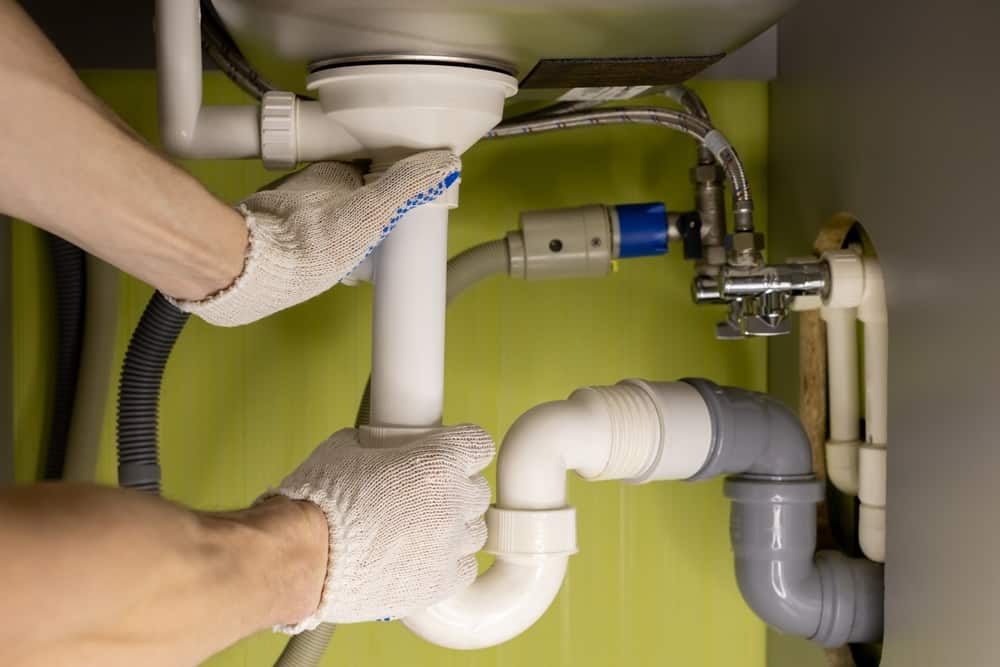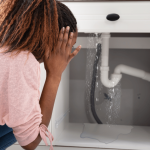Introduction to the Problem
A leaking sink drain pipe in the kitchen can be a homeowner’s nightmare, creating a mess and potentially leading to more serious water damage if not addressed promptly. This common household issue can disrupt daily routines, cause unpleasant odors, and even lead to mold growth if left unchecked. Understanding the causes, identifying the signs early, and knowing how to effectively address a sink drain pipe leak are crucial steps in maintaining a functional and safe kitchen environment. In this comprehensive guide, we will delve into the intricacies of dealing with a leaking sink drain pipe, offering practical advice and solutions to help you manage this kitchen crisis efficiently.
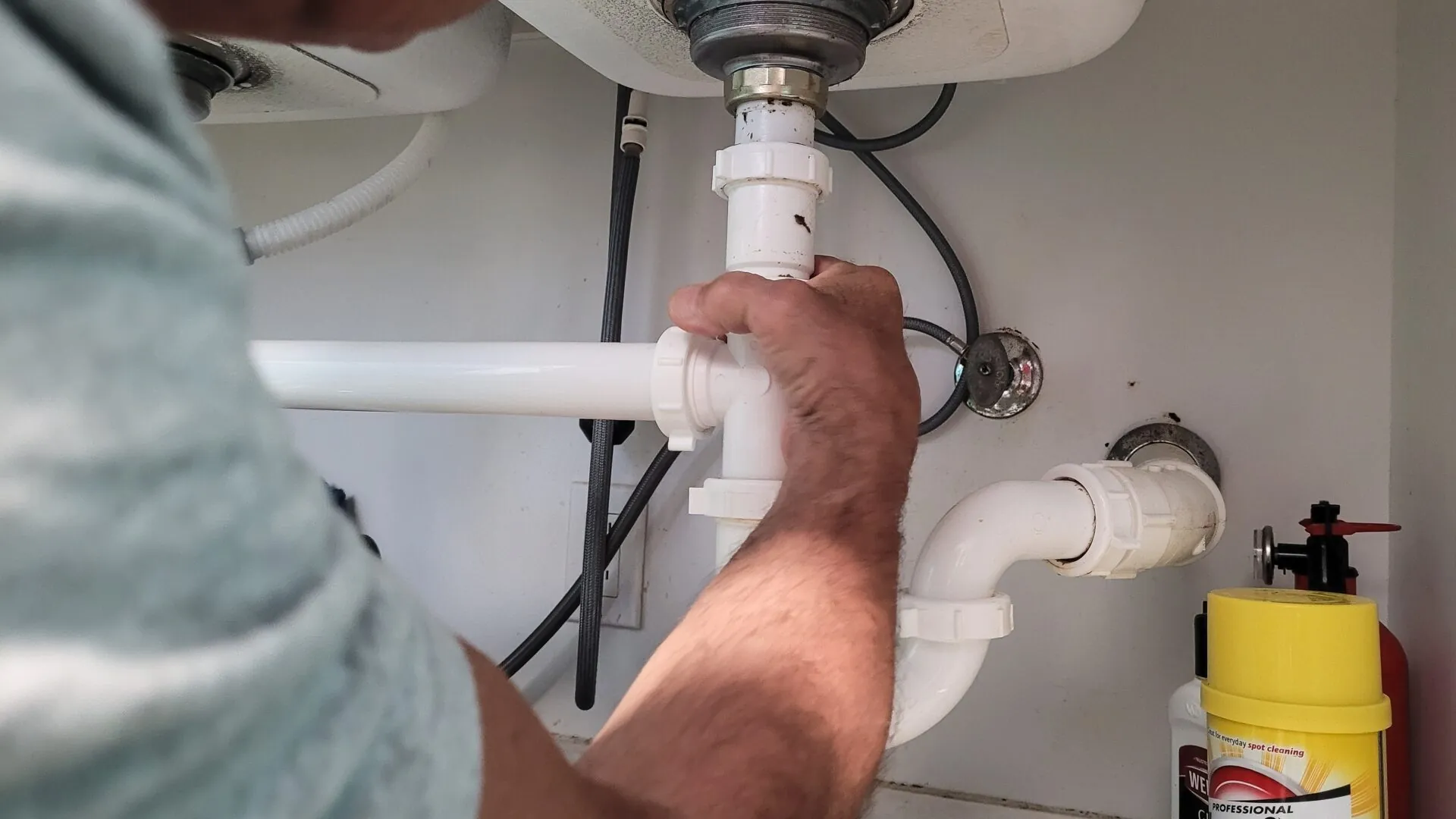
Identifying the Signs of a Sink Drain Pipe Leak
The first step in dealing with a sink drain pipe leak is to accurately identify the problem. Leaks can often go unnoticed until they have caused significant damage, so it’s important to be vigilant for early warning signs. Common indicators include water pooling under the sink, dampness or water stains on the cabinet floor, and a persistent musty smell that suggests mold or mildew presence. You might also notice that the area around the sink feels damp to the touch or observe a decrease in water pressure. Regularly inspecting the plumbing under your sink can help you catch leaks before they escalate. If you see any of these signs, it’s time to take immediate action to prevent further damage.
Common Causes of Sink Drain Pipe Leaks
Understanding the common causes of sink drain pipe leaks can help in both preventing and addressing them effectively. One prevalent cause is the deterioration of the pipes due to age. Over time, pipes can corrode or weaken, leading to leaks. Another common cause is improper installation or a poorly fitted connection between pipes. Even small gaps or misaligned joints can result in leaks. Clogs and blockages in the drain can also cause pressure build-up, leading to leaks. Additionally, physical damage from household activities or accidental impacts can crack or puncture pipes. Recognizing these causes can guide you in implementing preventive measures and maintaining your plumbing system more diligently.
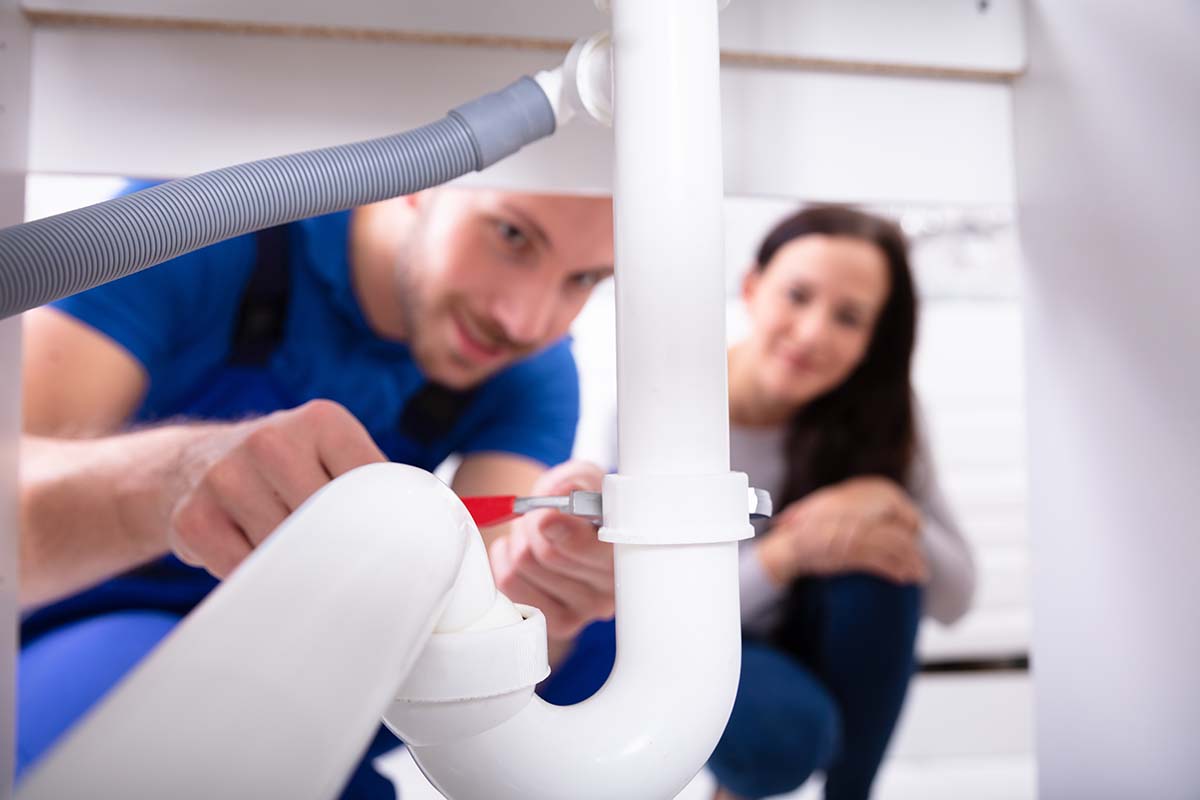
Immediate Steps to Take When a Leak is Detected
When you detect a leak, taking immediate steps can minimize damage and make repair easier. The first action should be to turn off the water supply to prevent further leakage. This can typically be done by shutting off the valve located under the sink. Next, clear out the area under the sink to prevent water damage to stored items and to provide clear access for inspection and repair. Use towels or a wet-dry vacuum to remove any standing water. It’s also helpful to place a bucket under the leak to catch any dripping water while you assess the situation. These initial steps can help contain the situation and prevent more extensive water damage, buying you time to plan and execute a proper repair.
Assessing the Damage
Once you have controlled the immediate flow of water, it’s time to assess the extent of the damage. Carefully inspect the pipes under the sink to determine the source and severity of the leak. Look for visible cracks, loose connections, or signs of corrosion. If the leak is minor and appears to be originating from a joint or connection, it might be something you can fix yourself. However, if the pipe is significantly damaged or if you’re unsure about the extent of the problem, it may be necessary to call a professional plumber. Additionally, take note of any water damage to the surrounding area, such as the cabinet floor, walls, or adjacent plumbing fixtures. A thorough assessment will inform your next steps and help you decide whether to proceed with a DIY repair or seek professional assistance.
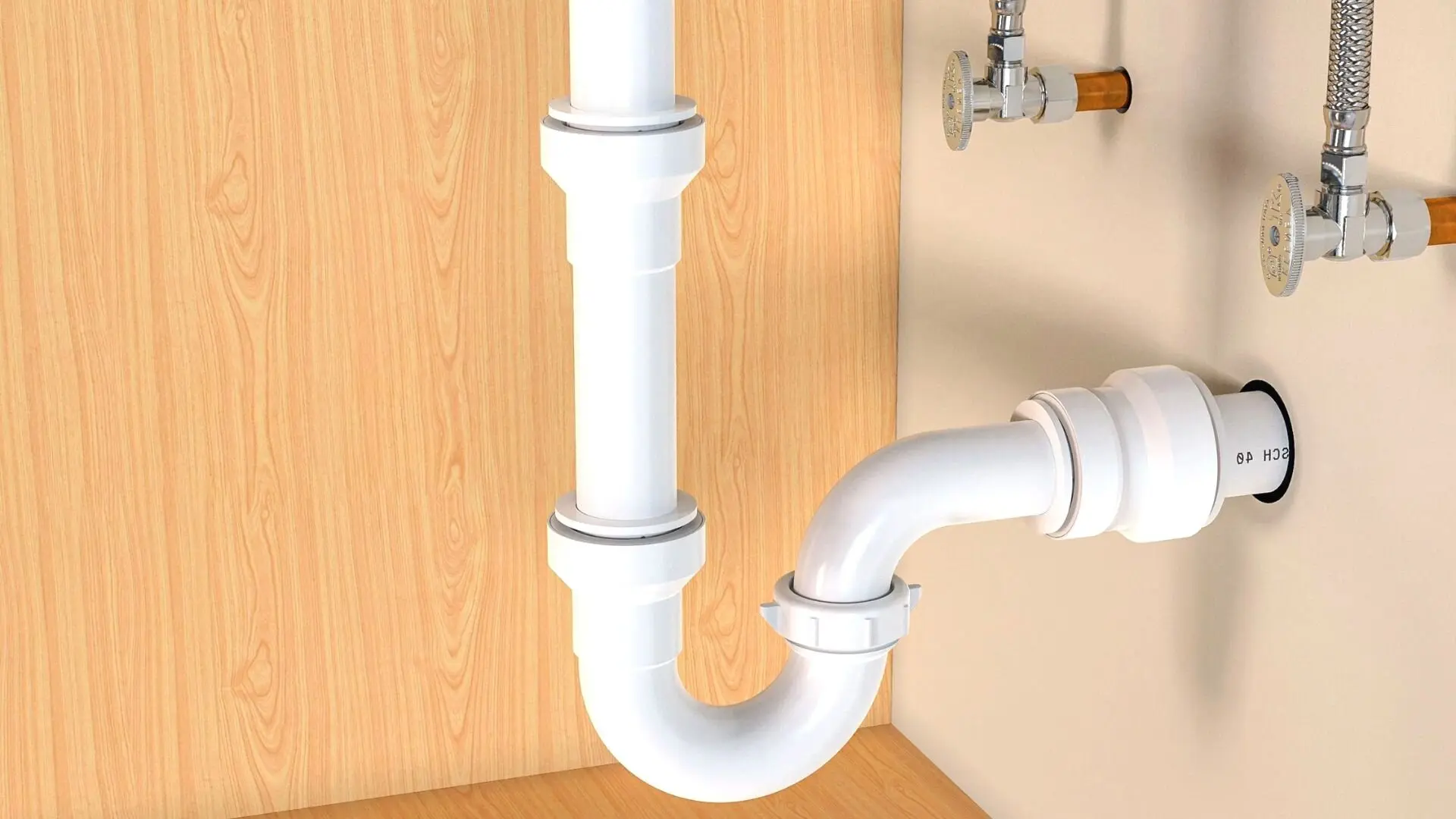
DIY Repair Techniques
For those who are handy and prefer to tackle repairs themselves, there are several DIY techniques for fixing a leaking sink drain pipe. One common method is to use plumber’s tape (Teflon tape) to seal leaks at pipe joints. Simply wrap the tape around the threaded connections to create a watertight seal. For small cracks or holes in the pipe, epoxy putty can be an effective temporary fix. Apply the putty to the damaged area and allow it to cure according to the manufacturer’s instructions. Another option is to use a pipe clamp or rubber hose patch for larger leaks. Position the clamp or patch over the leak and tighten it securely to stop the water flow. While these DIY methods can provide a temporary solution, it’s important to monitor the repair and follow up with a more permanent fix if necessary.
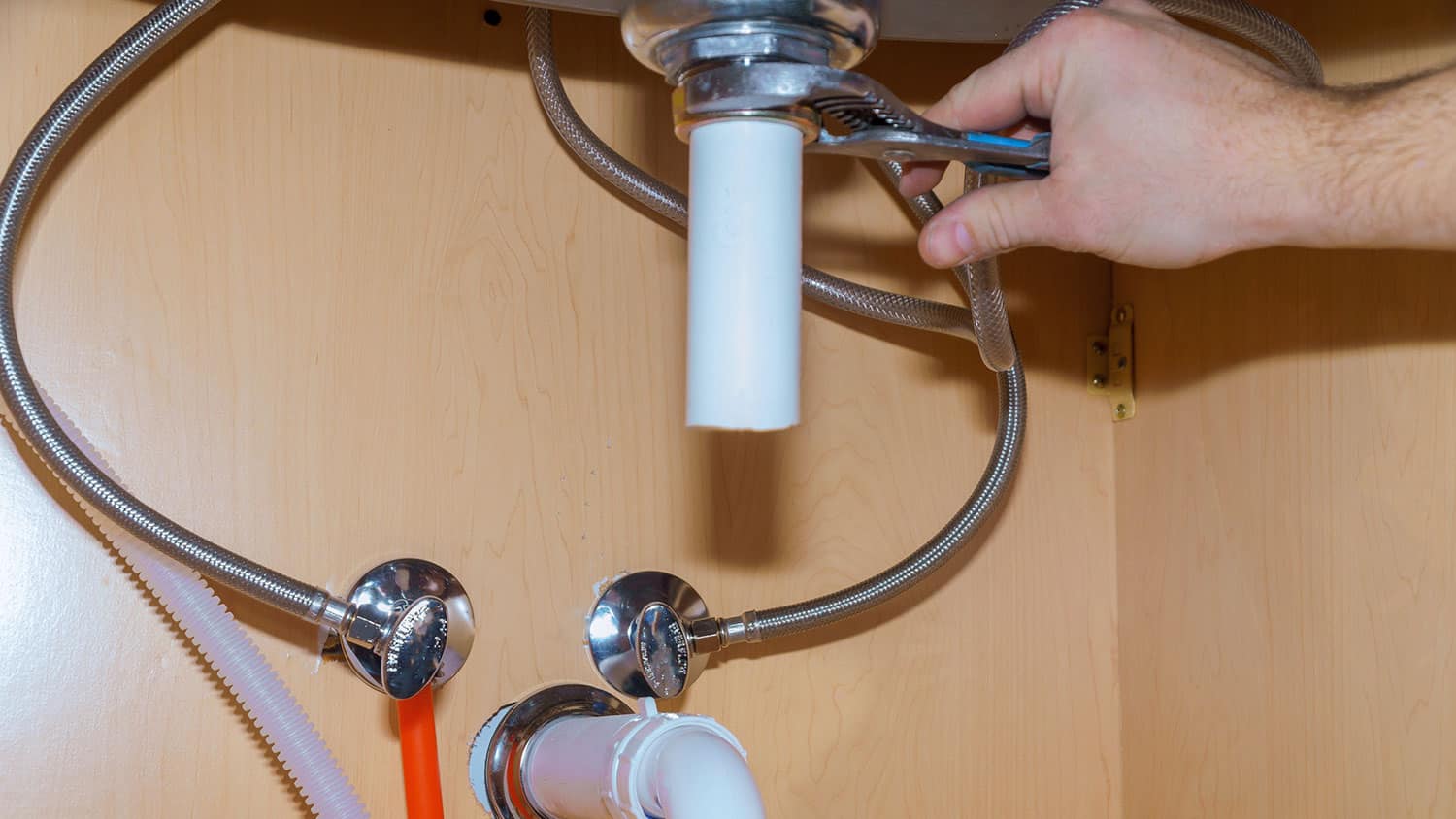
Educating Household Members
Educating all household members about proper sink usage and maintenance can prevent future leaks and plumbing issues. Simple habits, such as not disposing of grease, food scraps, or non-degradable items down the sink, can significantly reduce the risk of clogs and leaks. Encouraging everyone to report any signs of leaks or unusual smells promptly can ensure early detection and timely repairs. Teaching basic plumbing maintenance tasks, like unclogging drains or checking for loose fittings, empowers everyone to contribute to the upkeep of the plumbing system. By fostering awareness and responsibility, you can create a proactive household culture that helps maintain a healthy and leak-free kitchen environment.

Conclusion: A Proactive Approach to Plumbing Health
Dealing with a sink drain pipe leak requires a combination of immediate action, effective repair, and preventive measures to maintain a healthy plumbing system. By understanding the common causes and signs of leaks, taking prompt and appropriate steps to address the issue, and implementing regular maintenance practices, homeowners can prevent and manage leaks effectively. Whether opting for DIY repairs or seeking professional assistance, the key is to approach the situation with diligence and care. Investing in proper installation, regular inspections, and educating household members contributes to a proactive plumbing health strategy. Ultimately, staying vigilant and informed can transform a kitchen crisis into a manageable challenge, ensuring a functional and safe kitchen environment for years to come.
